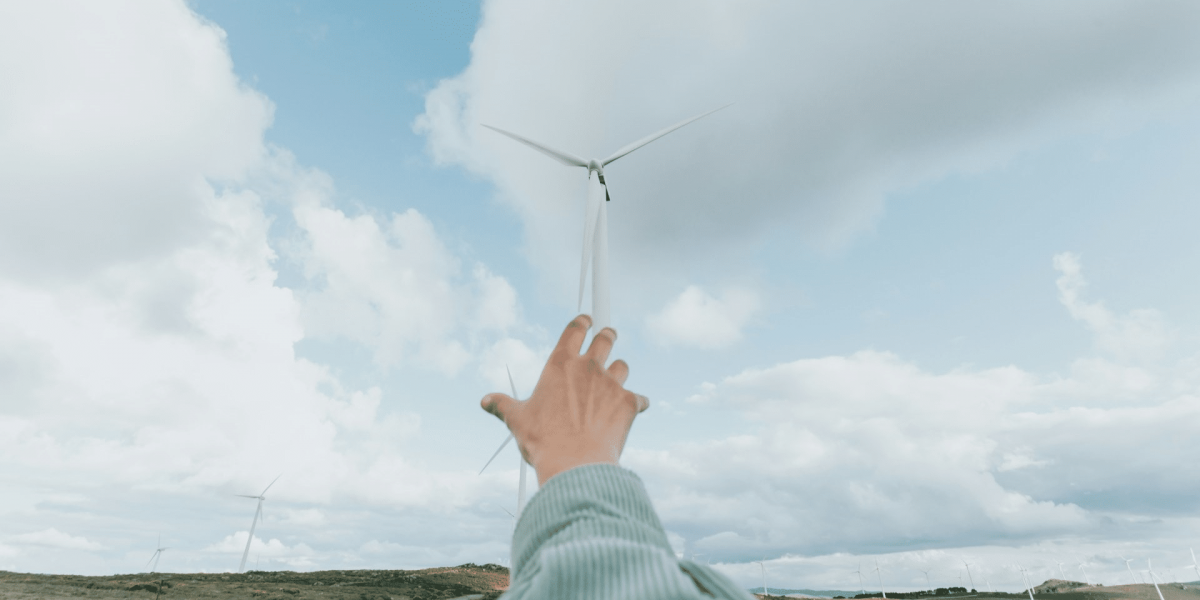The southern United States has long been known for its abundant natural resources and favorable climate, making it a prime location for energy production. In recent years, wind energy has emerged as one of the fastest-growing sectors in the region, driven by advancements in technology, supportive policies, and increasing demand for renewable energy. This article explores the rapid growth of wind energy in the southern U.S. and its potential to transform the energy landscape.
The Rise of Wind Energy in the Southern U.S.
Expanding Wind Energy Capacity
The southern U.S. has seen a significant expansion in wind energy capacity over the past decade. States like Texas, Oklahoma, and Louisiana are leading the charge, with Texas alone accounting for a substantial portion of the nation’s wind energy production. The region’s wide-open spaces, consistent wind patterns, and relatively low land costs make it an ideal location for large-scale wind farms.
Texas, often referred to as the “wind capital” of the U.S., has been at the forefront of this growth. The state’s wind energy capacity has surged, making it the largest producer of wind energy in the country. This growth is not limited to Texas; other southern states are also ramping up their wind energy projects, contributing to a more diversified energy mix in the region.
Supportive Policies and Incentives
Government policies and incentives have played a crucial role in the expansion of wind energy in the southern U.S. Federal tax incentives, such as the Production Tax Credit (PTC), have been instrumental in encouraging investment in wind energy projects. Additionally, state-level policies, including renewable portfolio standards (RPS) and other incentives, have further bolstered the growth of wind energy in the region.
For example, Texas has implemented policies that promote the development of renewable energy, including wind power. The Competitive Renewable Energy Zones (CREZ) initiative, launched by the state, has facilitated the construction of transmission lines to connect remote wind farms to major urban centers. This has made it easier for wind energy producers to deliver electricity to the grid, supporting the continued growth of the industry.
Technological Advancements Driving Growth
Improved Wind Turbine Technology
Technological advancements have been a key driver of the growth of wind energy in the southern U.S. Improvements in wind turbine design and efficiency have made wind energy more cost-effective and reliable. Modern wind turbines are capable of capturing more energy from the wind, even at lower wind speeds, making them well-suited for the varied wind conditions found in the southern states.
These advancements have also reduced the cost of wind energy production, making it competitive with traditional fossil fuels. As a result, more utilities and energy companies are investing in wind energy projects, recognizing the long-term economic and environmental benefits.
Grid Integration and Storage Solutions
Another critical factor in the growth of wind energy is the development of grid integration and energy storage solutions. Wind energy is inherently variable, as it depends on weather conditions. To address this challenge, advancements in energy storage technology, such as battery systems, have been developed to store excess energy generated during periods of high wind activity. This stored energy can then be released when wind speeds are low, ensuring a consistent and reliable supply of electricity.
Moreover, improvements in grid management and integration technologies have enabled better coordination between wind energy production and electricity demand. This has helped to stabilize the grid and reduce the reliance on fossil fuels, further enhancing the appeal of wind energy as a sustainable and reliable energy source.
Economic and Environmental Benefits
Job Creation and Economic Development
The expansion of wind energy in the southern U.S. has brought significant economic benefits to the region. The construction, operation, and maintenance of wind farms have created thousands of jobs, particularly in rural areas where economic opportunities may be limited. Additionally, wind energy projects have attracted substantial investment, contributing to the economic development of local communities.
Landowners in the southern states have also benefited from wind energy projects. Many landowners lease their land to wind energy companies, providing a steady source of income while allowing them to continue using the land for agriculture or other purposes. This has created a win-win situation, where both the energy industry and local communities can thrive.
Reducing Carbon Emissions
Wind energy is a clean and renewable source of power, producing no greenhouse gas emissions during operation. As the southern U.S. continues to expand its wind energy capacity, the region is playing a critical role in reducing the nation’s carbon footprint. By replacing fossil fuel-based power generation with wind energy, the southern states are contributing to the global effort to combat climate change and protect the environment.
The environmental benefits of wind energy extend beyond carbon emissions. Wind farms use minimal water compared to traditional power plants, making them a more sustainable option in regions that may experience water scarcity. Furthermore, the development of wind energy projects often involves the restoration and preservation of natural habitats, contributing to biodiversity and ecosystem health.
The Future of Wind Energy in the Southern U.S.
Continued Growth and Investment
The future of wind energy in the southern U.S. looks promising, with continued growth and investment on the horizon. As technology continues to advance and costs decline, wind energy is expected to play an increasingly important role in the region’s energy mix. State and federal policies are likely to remain supportive, encouraging further development of wind energy projects.
Additionally, the potential for offshore wind energy in the southern U.S. is beginning to be explored. The Gulf of Mexico, with its vast offshore wind resources, presents a significant opportunity for the expansion of wind energy in the region. Offshore wind farms could complement onshore projects, providing a steady and reliable source of renewable energy.
Challenges and Opportunities
While the growth of wind energy in the southern U.S. is impressive, challenges remain. These include the need for continued investment in grid infrastructure, addressing community concerns about the visual and environmental impact of wind farms, and navigating regulatory hurdles. However, with the right strategies and continued innovation, these challenges can be overcome, paving the way for a sustainable energy future.
The southern U.S. is well-positioned to lead the nation in wind energy production. By harnessing the power of the wind, the region can continue to drive economic growth, create jobs, and contribute to a cleaner and more sustainable environment.







